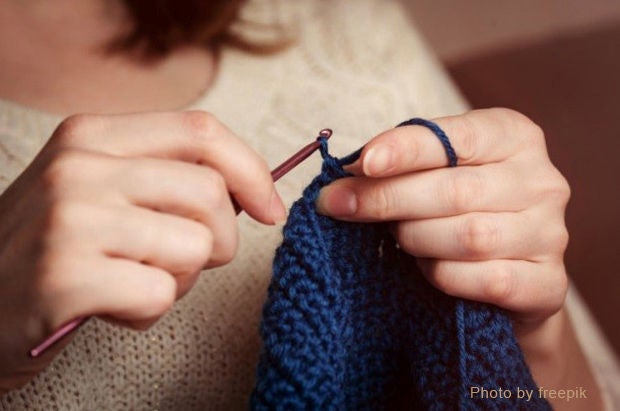
SGH Psychologist Dr Evelyn shares her personal coping tips.
Working in a hospital can be quite stressful. Healthcare workers are amongst one of the professionals who are at high risk of burnout. Burnout is a real concern in health care as it has safety implications for patients and staff. Patients may receive sub-optimal care that also lacks compassionate human touch or worst, or be harmed by safety lapses. The impact on healthcare professionals could be equally devastating, showing up as apathy, substance use and abuse, as well as risk of mental illness.
Very early in my career and during my university years, we were warned of the risks of developing burnout due to the nature of our jobs as psychologists. We spend hours being there for patients as they rage and weep, rant and rave, cower and panic whilst we create and maintain that healing space to help contain their pain, tears, emotions, fears, worries and trauma. As a psychologist, it takes a toll on me as I sit and take that all in. At times, I may even be vicariously traumatised by the stories and emotions in that clinic room. I am sure other healthcare workers share such moments. For us, burnout can be a very bad thing as it would rob us of our empathy and compassion; two qualities crucial to me as a therapist, as well as, my fellow healthcare workers.
So self-care is not a luxury for those of us in healthcare. It is in fact a necessity in order for us to be fully performing and able to provide quality care. What I was taught during my training as a psychologist is that prevention is much better than cure. Hence, I practise stress inoculation and burnout prevention before I even show signs of burnout.
In addition to the usual self-care of regular exercise, sleep, proper nutrition, relaxation/ meditation and taking a break/ vacation, here’s what I do to keep my mental health well and build my mental resilience:
a) Set boundaries
I had learnt that it is ok to set healthy boundaries and we need to know when to say ‘No’ and when to walk away. For example, I will not check my work email over the weekends and after I leave work. Remember the story about Sharon Au’s French colleagues reporting her to HR for emailing them after office hours? Having good boundaries to separate work and our personal life help to keep both aspects of our lives separate and not spill over. It is about knowing your limits. This allows you to set aside time to attend to your own needs first before attending to others.
b) Reach out for support
I have different groups of friends outside of my work whom I can turn to for support. I confide in them and they will just listen attentively as I ventilate. They are good listeners who don’t have to be able to “fix” my stressors. Having a space to just ventilate without judgement or solution allows me to process my thoughts and issues and figure my own way out. At times, it also serves as a reminder that we are not alone and our family and friends are there for us.
c) Go full analogue

Take a daily break from technology. I disconnect from technology as least once a day. I put aside my devices and read a book. I even prefer to do film photography instead of digital. Going analogue helps me to focus and slow down. I need to think and frame my photos before I take it as I only have that one shot and film is expensive! Taking a break from technology particularly social media can help decrease anxiety and depression; some experience the anxiety of trying to keep up with others and some get affected by the negative news and toxic comments.
d) Creativity is a good antidote

Researchers have found that engaging in creative activity for 45mins helps to reduce stress. Try a new hobby or re-visit an old hobby that has nothing to do with work. Preferably it should be something that involves using your hands. Making something using your hands instills a sense of pride and satisfaction in the process and end product. I doodle in the morning. It helps my brain reset and as a result, I can be more creative for the day. Also I have been crocheting to unwind each day when I get home. Crocheting and knitting can help reduce anxiety and stress through the repetitive hand movement, and focusing on the task at hand creates a mindfulness activity.
e) Journaling

Another method I use is journaling. I prefer to write the old fashion way with a pen and paper. There is something much more therapeutic when the nib glides across the pages of the paper. I find that it helps to slow down my train of thought, and helps me to process my thoughts and feelings better.
This list of coping strategies is not exhaustive. There are many more things that I do to help me cope. Visit our booth at SGH Quality Convention* on 5 November 2019, Deck on 9, to get hands-on experience of one of the tips I shared in this article.
*for SGH staff only
We love mail! Drop us a note at lighternotes@sgh.com.sg to tell us what you like or didn’t like about this story, and what you would like to see more of in LighterNotes.













 Get it on Google Play
Get it on Google Play